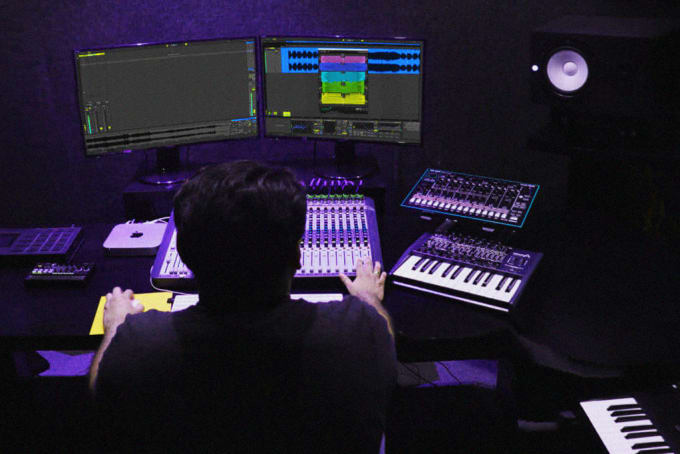


Attempt to get hold of a lossless file for those who can, such as. Your next move is to find tunes similar in tempo, style, and arrangement. It helps you discover inconsistencies within the frequency spectrum and helps you find areas that could be causing issues.

In the warmth of the moment, you may overcompress your mix. Loudness Meter – I use the YouLean. I always need to be sure I’m not squashing the dynamic range of the track and generally, it’s simpler to verify once you simply have a metering device that tells you.The song itself will guide you what to insert on your mastering channel and how to master your song. It’s set to -0.3 and evenly limits the loudest elements of the track.Īlong with my mastering chain, I rely closely on my metering plug-ins to guide me in the best course for preserving dynamics and ensuring I have a balanced frequency response.

L2 – I don’t actually use the limiter for something more than making sure the signal doesn’t clip.Pultec EQ – The Pulteq EQ can actually tighten up your low-end.It’s a multi-band EQ, compressor and saturation plug-in multifunction. Saturation – I’ve used numerous completely different saturation plug-ins all through the years however I’ve actually fallen in love with the Vitamin from Waves.You possibly can argue whether or not the EQ ought to be before or after the compressor however in this case, it was after. Linear Phase EQ – If certain frequency areas are leaping out and aren’t being tamed by the compressor I have a tendency to chop them by just 1-2 dB right here.Multiband Compression – I tend to spend a while getting the low-mids proper with the multiband compression because there’s one thing about tightening up that space to actually make it sound like a record.I don’t actually do a lot of mastering because I favor getting a separate mastering engineer to lend me their ears for the ultimate polish, however after I do fast ‘n’ dirty mix-buss mastering, right here’s my go-to chain. Many individuals use software programs to master audio, and software is simpler to work with than analog gear for those who’re simply beginning out. A lot of practice and a refined ear can result in spectacular outcomes when rendering a mastered track from an uncooked track. Skilled engineers spend years perfecting methods and chains of effects. Mastering audio generally is an advanced process. The top aim achieves a couple of various things: to make the track sound professional on quite a lot of speakers, to extend the amount of the track to a standardized level, and at last simply to make the track sound the very best it possibly can. Mastering is the final step of the mixing process before a track is launched.


 0 kommentar(er)
0 kommentar(er)
